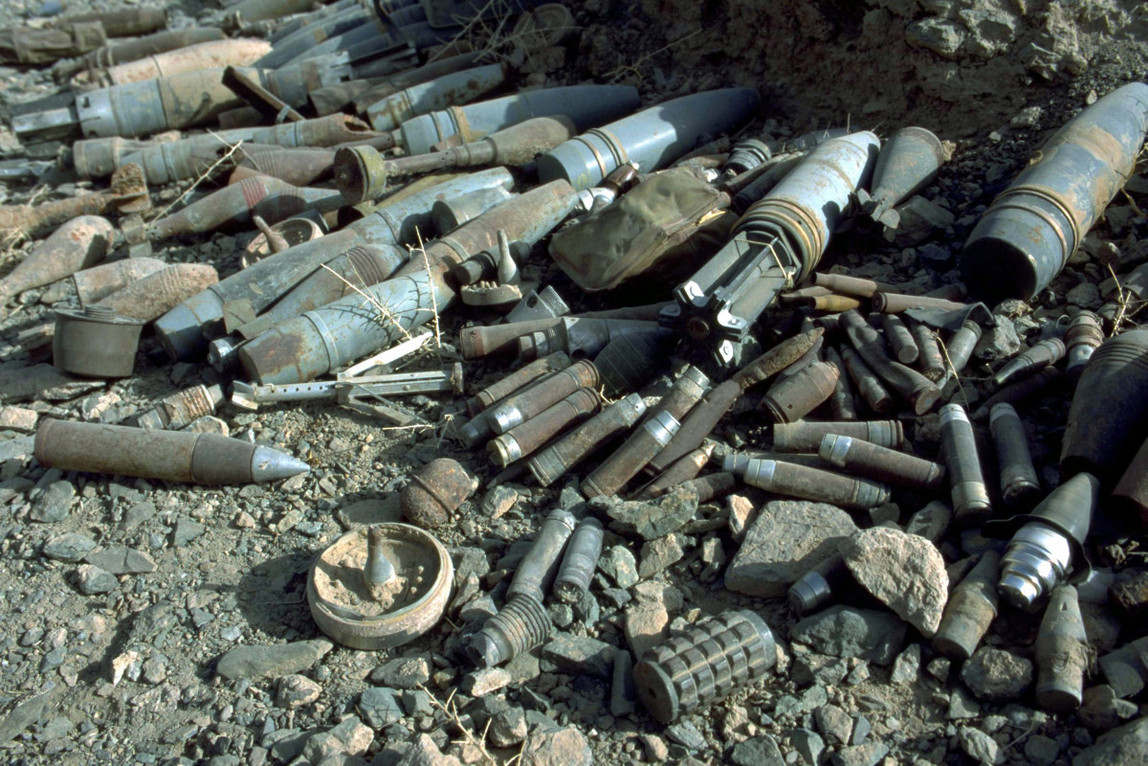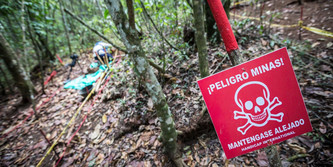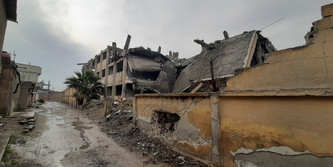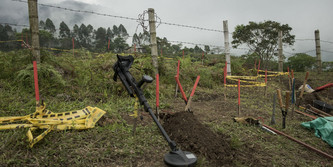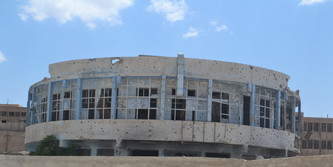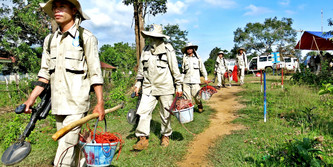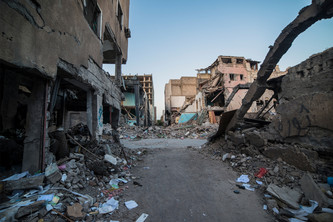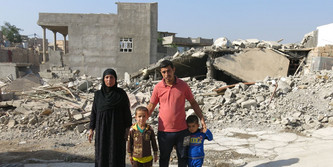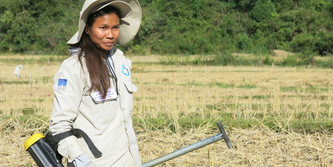Afghanistan: Heimkehrende durch Landminen bedroht
Afghaninnen und Afghanen, die derzeit in ihre Heimat zurückkehren, sehen sich einer perfiden Bedrohung ausgesetzt: Ihre Häuser und Dörfer könnten aufgrund der andauernden Konflikte mit Landminen und anderen explosiven Kriegsresten verseucht sein. (auf Englisch)
Quelle: Relief Web
Undocumented returnees and refugees returning to Afghanistan from neighbouring countries face an increased risk of harm from mines and explosive remnants of war (ERW). The current influx of returnees has meant a shift in focus for the Danish Demining Group’s (DDG) Risk Education programme in Afghanistan.
Afghanistan has been experiencing a massive influx of returnees, with 620,000 Afghans returning from neighbouring countries in 2016 alone. Primarily from Pakistan, this return is occurring as a result of a deteriorating protection environment. This is taking place despite ongoing armed altercations between government forces and non-state armed groups in Afghanistan, which have led to a rise in the number of casualties from mines and explosive remnants of war (ERW). According to the Directorate of Mine Action Coordination, the first eight months of 2017 saw a staggering 1,384 civilian casualties. Returnees are relatively more at risk of injury or death than other civilian populations, as they are not familiar with ongoing conflict patterns or safe behaviour. As a result, they require targeted risk education.
...
Lesen Sie hier den vollständigen Artikel
